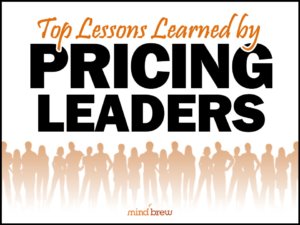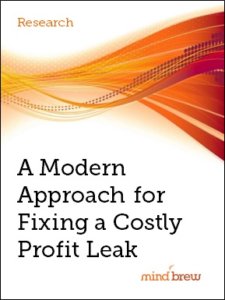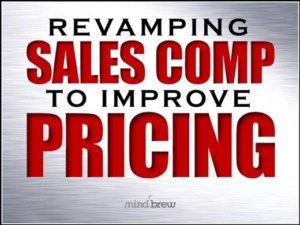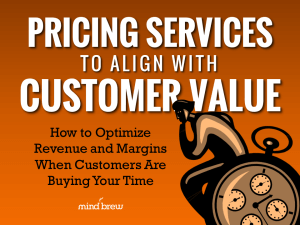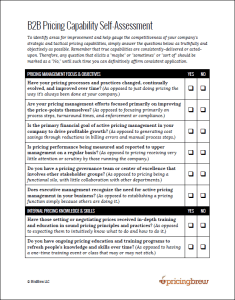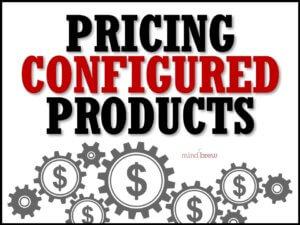In our on-demand webinar, The Top “Lessons Learned” by Pricing Leaders, one of the lessons we report and discuss is about tackling the systemic issues in Sales, sooner rather than later. In perfect 20/20 hindsight, the rationale behind this lesson is blindly obvious and straightforward:
Until we removed some of the structural “wet blankets” that had existed in our Sales function for years, our pricing performance could never really achieve its full potential. Avoiding the Sales issues was easier, but it literally cost us millions of dollars and I wish we hadn’t put it off for so long.
These structural “throttles” in Sales can have a dampening effect on pricing performance to the tune of 2-5%, and they include things like revenue-based incentive plans, poor prospect targeting definitions, and lack of negotiation training and skills, among others.
The point of this lesson-learned is that correcting entrenched things of this magnitude and value…in another department, no less…will necessarily take time. So, you should get started on them right away. And, you should be prepared to take “baby steps” and accept “steady progress in the right direction” as a win.
Here’s how you might get started on some of the wet blankets:
- Incentive Compensation—Your ultimate goal might be to base 35-50% of a salesperson’s incentive compensation on price attainment ratios. But you might get started in this direction by publishing “closest to the pin” rankings and awarding the top three pricing performers an additional bonus or gift out of your own budget. Once the sales team gets comfortable with the concept and approach, you can then move to fold it into the formal comp plan at a 5-10% level, increasing the proportion from there over time.
- Prospect Targeting—Obviously, you’d like prospect targeting decisions and definitions to be based on robust analysis and thoughtful strategic planning exercises. But you might get started by simply showing salespeople which types of prospects tend to close faster, at higher deal sizes, and with less discounting pressure. With this type of “money map” in-hand, salespeople will naturally shift their focus toward prospects who are inherently better performers. And any management disagreements that may arise from this effort along the way can be a great catalyst for getting the ball rolling on a more robust decision-making approach.
- Negotiation Training—Of course, you ultimately want everyone in a sales role to be a highly-trained negotiator. But you might get started with your own team. Put every pricing person involved in deal-making…directly or indirectly…through the same type of negotiation training regime you’d like the sales team to go through. At a minimum, this will ensure that you have highly-trained negotiators involved in a portion of the deals. But very likely, it will also create a level of demand among salespeople as they gain exposure to what your people have learned and begin to wonder why they’re not receiving the same sort of training. Once that question arises, you have your “in” for getting the sales team onboard with negotiation training.
The bottom line is that these types of systemic “dampeners” are very costly and nearly impossible work around. So if you want to maximize pricing performance, you’re going to have to address them at some point. And frankly, the sooner you get started, the easier it will be…because baby steps and small improvements over time are much more palatable to the entrenched status quo.

